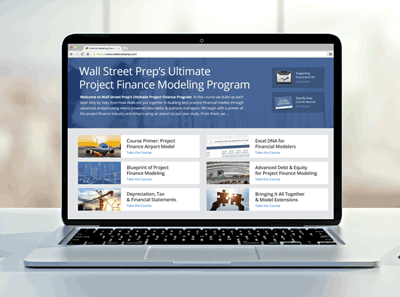
The key to structuring a project finance deal is the identifying of all key risks associated with the project and the allocation of those risks among the various parties participating in the project.
Without a detailed analysis of these project risks at the beginning of the deal, project participants will not have a clear understanding of what obligations and liabilities they may be assuming in connection with the project and, therefore, will not be in a position to use appropriate risk mitigation strategies at the appropriate time. Considerable delays and expense can be incurred if problems arise when the project is under way and there will be arguments around who is responsible for such problems.
From the lenders’ perspective, any issues that arise from the project will have a direct impact to their financial returns. In general, the more risk that lenders are expected to assume in connection with a project, the greater the reward in terms of interest and fees they will expect to receive from the project. For example, if lenders feel the project will have an increased chance of construction delays, they will charge a higher interest rate for their loans.





